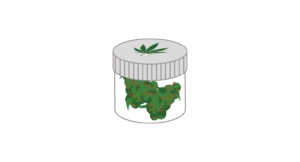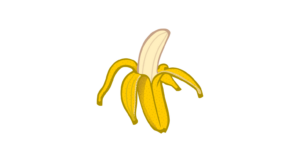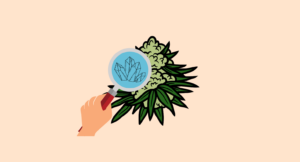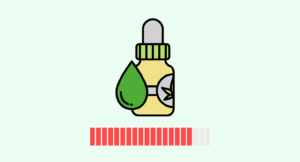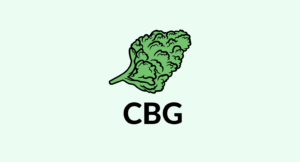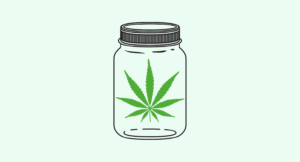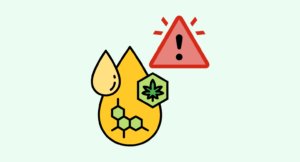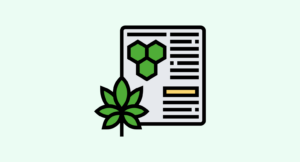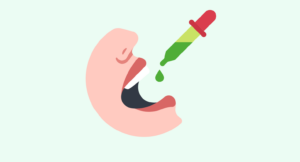
Evidence based
Hemp vs. Marijuana: What’s the Difference?
What makes hemp legal and marijuana illegal? What’s the difference between these two closely-related plants?
Both hemp and marijuana are technically the same plant — Cannabis sativa.
However, hemp is completely legal, while marijuana is considered a schedule I restricted substance.
In this article, we demystify the cannabis plant and discuss exactly what makes these two plants different.
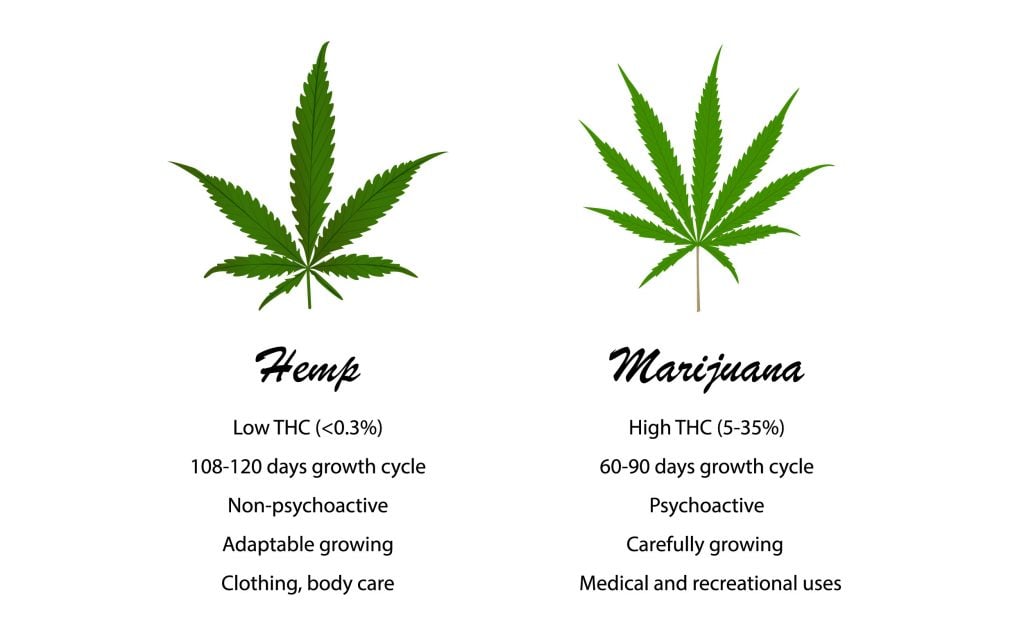
Summary: The Difference Between Hemp and Marijuana
Hemp and marijuana are the same species of plant — Cannabis sativa.
The difference is in their specific growth habits.
Hemp is any strain of Cannabis sativa that contains less than 0.3% THC (tetrahydrocannabinol, the main psychoactive compound in the plant). These strains are used for making textiles, biodiesel, and nutritional supplements such as CBD.
Marijuana is any cannabis strain with more than 0.3% THC by dried weight. Marijuana can include both Cannabis sativa and a related species — Cannabis indica. These strains are used primarily for their psychoactive effects.
Comparing Hemp and Marijuana
| Comparison Metrics | Hemp | Marijuana |
| Botanical Name(s) | Cannabis sativa | Cannabis sativa or Cannabis indica |
| Growth Patterns | A tall, stalky plant resembling a small tree | Can be tall and stalky or short and bushy |
| CBD Content | Generally very high (>10% by dried weight) | Can be very high (>20%) or very low (<1%) by dried weight |
| THC Content | Less than 0.3% by dried weight | Generally much higher than 0.3% by dried weight (10% to 25%) |
| Uses | Textiles, paper, biodiesel, hemp seeds, and nutritional supplements (e.g. CBD) | Recreational drugs, herbal medicine, nutritional supplements |
| Psychoactive Effects | No psychoactivity | Anywhere from low to high psychoactivity |
| Legality | Legal throughout the United States and most of the world | Illegal throughout most of the world except through medical programs |
Introduction to the Cannabis Family
All cannabis plants, including hemp and marijuana, are members of the Cannabacea family. The only other notable member in this family is the hop plant (Humulus lupulus) — one of the primary ingredients in beer brewing.
Within the Cannabacea family, there are three main cannabis species to be aware of — each with their own unique growth characteristics.
A) Cannabis Sativa
Cannabis sativa is the most widespread species of cannabis. There are hundreds of different strains of this species, some with high THC content (marijuana), others with very low THC content (hemp).
This species is believed to have originated from Southeast Asia, where the humidity is much higher and the growing season is longer. As a result, it has the longest flowering time of all the cannabis species and grows the largest.
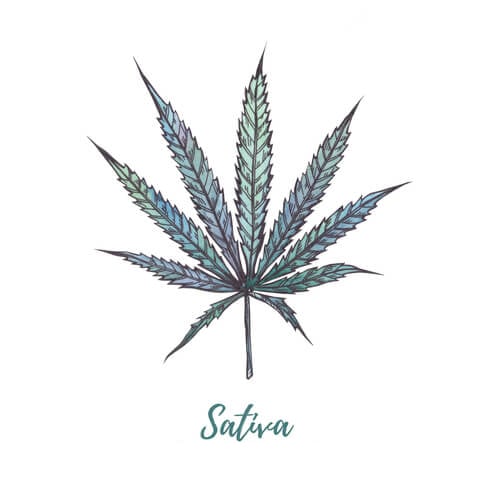
B) Cannabis Indica
Cannabis indica originated from northern climates and, therefore, has a higher tolerance for cold weather and a much shorter flowering time to accommodate the shorter growing seasons.
It’s only recently become a popular species for growers looking to produce psychoactive crops thanks to its smaller plant size and larger flower size. This is ideal for people cultivating the plants indoors under lights. A large Cannabis sativa strain would normally grow too tall to be successfully cultivated indoors without special consideration regarding the design of the growing space.
There are no Cannabis indica strains currently classified as hemp. All members of this species are classified as marijuana.

C) Cannabis Ruderalis
Cannabis ruderalis is the lesser-known cannabis species. It’s a small plant that produces very low yields and lacks any notable fiber content.
What makes this strain unique is its ability to produce flowers irrelevant of the day length. This compares with Cannabis indica and Cannabis sativa, which are both highly influenced by day length (the days growing shorter triggers them to begin flowering).
Related: Best Cannabis Seed Companies — Hemp & Marijuana Seeds

What’s the Difference Between a Strain and a Species?
We’ve been talking a lot about the different species of cannabis — Cannabis sativa, Cannabis indica, and Cannabis ruderalis. These are differentiated by their genetic makeup as well as unique growth habits.
However, the cannabis plant is very complex, and there is a lot of potential for variation even within these species. We refer to these different variations as “strains.”
The best example to use to compare how strains of the same species can be radically different is hemp strains vs. marijuana strains. Although both are considered to be the same species due to the overlap in their genetic makeup, they have obvious differences in their growth characteristics.
Hemp, for example, naturally has very low THC content, while marijuana has very high THC content.
There are thousands of different strains of cannabis plants. Some are found in nature, while others were cultivated to have specific traits. If you’ve ever shopped for marijuana before, you may have noticed that each type has its own name — Deathstar, OG Kush, Lemon Haze, to name a few. Each strain has a different set of qualities, specifically engineered into the plant by a breeder.
Some strains are bred to produce high THC, others to have larger flowers, and some to resist overly dry or humid climates.
Why Does Hemp Exist?
Cannabis is best known for its psychoactive effects through the THC content of the resin produced by the flowers. However, THC and the plants that produce it are illegal throughout most of the world. It’s been this way for the last 80 years.
The cannabis plant has a lot of other useful traits to offer outside of its psychoactive effects. The fibrous stems are valuable for manufacturing textiles and biodiesel, the seeds make for a rich source of nutritional protein and fatty acids, and the leaves are rich in medicinal compounds such as cannabidiol (CBD) and cannabichromene (CBC).
It was discovered shortly after the banning of THC and the plants that produce it that some species of cannabis didn’t have any psychoactive effects. These plants were later classified as “hemp” — noting that to be considered hemp, the plant had to produce less than 0.3% THC by dried weight.
Now, hemp is completely legal throughout the United States as well as most of the world. Any supplement made from hemp is considered a nutritional supplement rather than a psychoactive drug. Marijuana, in comparison, is considered a recreational drug, and its cultivation is highly restricted.
Most of the CBD supplements on the market are, therefore, manufactured from hemp in order to fit into this classification.
1. Growth Habits: Hemp vs. Marijuana
Hemp and marijuana can have similar growth habits. Both hemp and marijuana strains of Cannabis sativa tend to be very tall with thin leaves. Other forms of marijuana that come from Cannabis indica tend to be much shorter and bushier and have thicker leaves.
The main difference in growth habits between hemp and marijuana is specific to the resin produced by female flower buds. The resin on marijuana strains tends to be much thicker and stickier than hemp. This resin is where the majority of the CBD, THC, and other cannabinoids are produced.
Hemp, on the other hand, produces far less resin and will tend to accumulate valuable cannabinoids within its dark, rich leaves.
2. Chemical Composition: Hemp vs. Marijuana
The chemical composition of hemp and marijuana is the main differentiator between the two plants.
As mentioned, hemp strains are only classified as such if they produce less than 0.3% THC by dried weight. Anything over this concentration is considered marijuana.
The other cannabinoids in the plant (there are over 80) can vary substantially.
Some hemp is high in other cannabinoids such as CBC or CBG (cannabigerol), while others contain almost exclusively CBD.
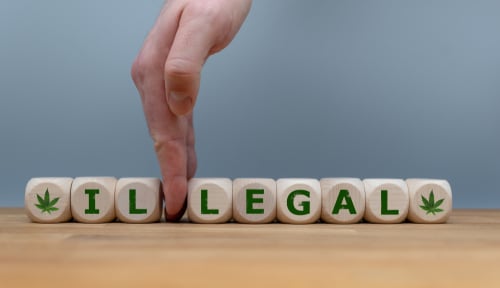
3. Legality: Hemp vs. Marijuana
Hemp and marijuana have very different legal classifications.
Although this can vary a lot depending on what part of the world you’re in, in general, hemp is legal to cultivate and possess, while marijuana is illegal.
Again, this is due to the psychoactive effects of marijuana and the lack of psychoactivity in hemp.
Until recently, hemp cultivation was highly regulated by the United States Federal Government. In order to cultivate the plant, a farmer needed to send in an application and was subject to multiple levels of inspection, monitoring, and taxation.
With the release of the 2018 Farm Bill, hemp cultivation was opened up across the board. It’s now 100% legal for a farmer to choose to grow hemp on their land, as long as the plant they choose to grow produces less than 0.3% THC by weight. No more applications or government inspections are necessary.
Hemp also makes it easier for manufacturers to produce CBD products without jumping through regulatory hoops at every corner. Since hemp is now classified the same way as a vegetable, extracts made from the plant are technically considered nutritional supplements.
This is why you can now buy CBD products made from hemp plants without having to sign up for a medical marijuana program.
These laws are very similar around the world.
Best Hemp Flower Brands
Hemp flower comes in a similar form as marijuana flower. You can add them to a vape, smoke them, or use them to make your own DIY products.
Every strain is completely different in terms of flavor and effects, and strain selection changes every few months as new harvests are made available. The market is always evolving and changing as growers breed new and interesting new genetic strains.
Here are some of the best suppliers for hemp flower in the United States.
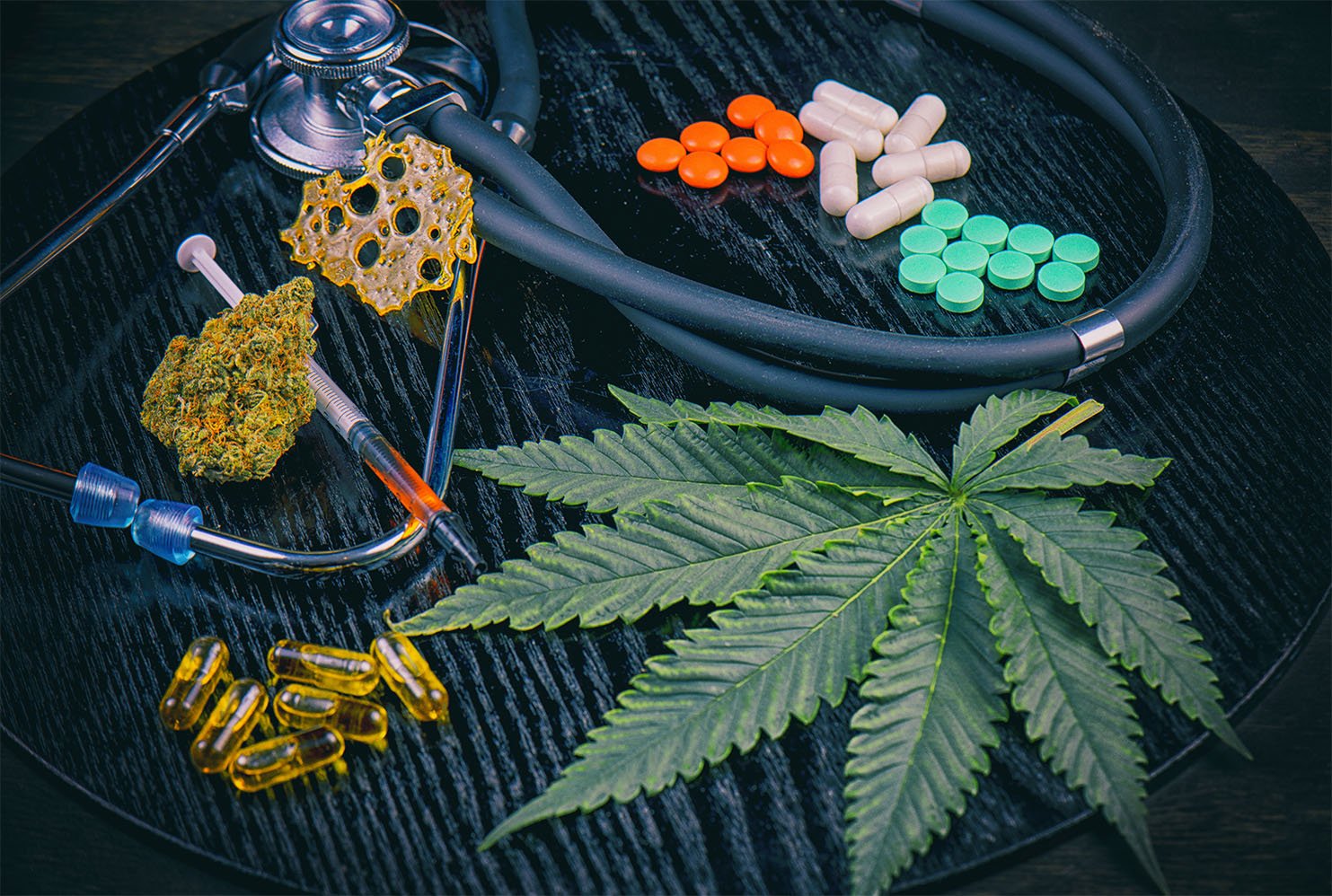
Final Thoughts: Hemp vs. Marijuana
Hemp and marijuana are very similar — in fact, they’re technically considered to be the same species.
The difference between the two lies in the chemical profile of each plant. In order to be classified as hemp, the plant needs to have less than 0.3% THC by dried weight, while anything over this concentration is classified as marijuana.
Due to the lack of THC in any meaningful amount, hemp plants are legal throughout most of the world. Nobody is getting high off hemp, so government regulators have started to loosen restrictions on the plant in recent years. For this reason, most of the CBD products available on the market are made from hemp plants instead of marijuana.


